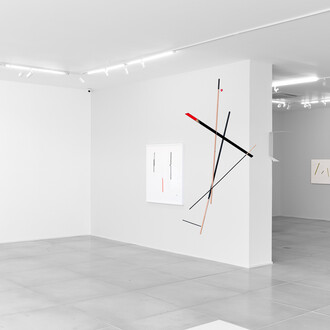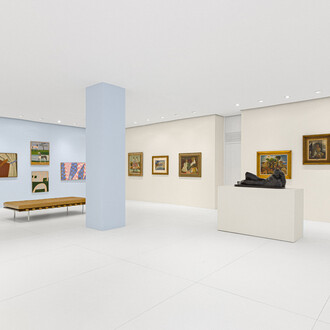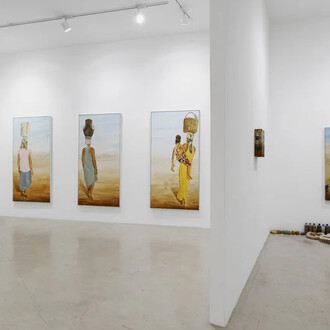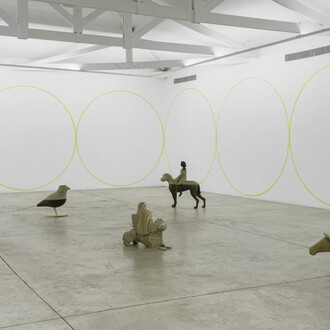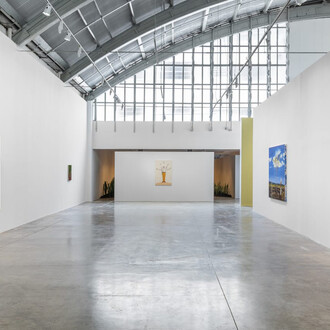The unprecedented exhibition held by the Oscar Niemeyer Museum, Cinema dreams: art for seventh art, presents a selection of 75 iconic posters created by renowned Cuban graphic artists. Curated by Jean-François Couvreur and assistant curated by Jhon Voese, the exhibition will open in Room 11 on September 13 at noon, with free admission at that time.
"Cuban posters are true works of art that tell stories beyond cinema. We hope that this exhibition will bring MON's audience closer to innovative graphic production, marked by creative freedom and dialog between cultures," says the Secretary of State for Culture, Luciana Casagrande Pereira.
"The exhibition should inspire designers and delight cinephiles by bringing together these two artistic strands," says MON's director Juliana Vosnika. "Movie posters are similar in most parts of the world, but in Fidel Castro's Cuba, artists had total freedom to create unpublished images of classics of the seventh art," he says.
"We have here a rich collection of these records, which, through incredible drawings, reveal peculiar ways of looking. This creative diversity was influenced by Pop Art, psychedelia and European and Oriental art," says Juliana.
Most of the posters were made entirely by hand, guaranteeing rich texture, intense colors and authentic features. Recognized internationally by UNESCO for their value and importance, Cuban film posters are notorious for their creativity and unquestionable graphic quality.
Created by artists such as René Azcuy Cárdenas, Eduardo Muñoz Bachs, Antonio Pérez González (Ñiko) and Antonio Fernández Reboiro, the posters take you on a journey through Cuban graphic design in the 1960s and 1970s, highlighting the influence of cinema and political culture in Latin America. The pieces are original, many signed by the authors. Printed in silkscreen, some posters are in black and white and others in polychrome.
The exhibition not only highlights Cuba's rich artistic tradition, but also connects the public to cultural practices that transcend borders, establishing a link between graphic design and the historical narratives of Latin America. This show ratifies MON's vocation to promote exhibitions that establish dialogues between art and design.
According to the curator, in the 1960s and 1970s Cuba imported many Western films, mainly European. "Cuban designers have adopted screen printing, which has become a feature of that country's graphic culture. This process, similar to artistic screen printing, involved the use of stencils between the ink and the support. Each artist conceived the design, created their colors and produced the poster, which strongly influenced the style of the posters," says Jean-François Couvreur.









